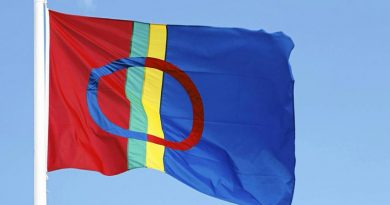Riddarhuset – The House of Nobility
In the 17th century, the Swedish aristocracy helped the King to run the country and supplied him with horses and foot-soldiers for his war efforts. In return they were given castles, forests, arable land and tax-free status.
After 1866, when the old Parliament of the Estates was replaced by the new Parliament of Sweden, the Swedish House of Nobility served as a quasi-official representative body for the Swedish nobility. The aristorcracy retreated from the public limelight and adopted many of the characteristics of a private guild. Nowadays the Nobility sees its primary role as preserving important aspects of Swedish history and culture, of which genealogical research forms an essential element. The Swedish Peerage Book (Adelskalendern) traces the lineage of noble families still in existence. The 2016 edition catalogues 47 family names at the rank of count, 131 baronial family names, and 485 untitled but noble family names. It includes a brief introduction into the historical background of each family as well as their coats of arms. The 108th edition of the Swedish Peerage Book was published in 2018.

The “guildhall” of the aristocracy is the magnificent Riddarhuset Palace in Stockholm’s Old Town. The building was erected between 1641 and 1672. The French-born architect Simon de la Vallée started the planning of the building but was killed by a Swedish nobleman in 1642. Other prominent European architects took over, notably Hein-rich Wilhelm (1645-1652), Joost Vingboons (1653-1656) and Jean de la Vallée (1656-1672). For two centuries after its completion, the Great Hall served as the venue for the Swedish Parliament. Today, the noble families gather here for the Assembly of Nobles (Adelsmöte), which occurs every three years. At the Assembly, each family can be represented by one delegate. The Academy of Sciences and the Swedish Academy (among others) have meetings here. The Great Hall is also used for chamber concerts, plays, lectures, art exhibitions, and private functions such as weddings.
The Riddarhuset is not only a building but also an active associa-tion dating back to 1626. In addition to its inhouse activities, it nowadays functions as a corporation whose assets consist of two castles, several estates, and vast tracts of forests and arable land. The income from these assets pays for building maintenance, scholarships, cultural initiatives, and charity. One of the castles is Löfstad slott, located near the city of Norrköping and featuring a museum and a restaurant. The other castle is Kronovall in the province of Skåne which offers hotel accommodation and specializes in wine-tasting.
A Latin inscription on the south façade of the palace reads: CLARIS MAIORUM EXEMPLIS. In English translation: After the Clear Example of the Forefathers – an appropriate and timeless synthesis of the Riddarhuset, its members and their purpose.
The Riddarhuset is open for an hour Monday through Friday for visitors who wish to explore the building on their own. It is also possible to book guided tours. For more details see https://www.riddarhuset.se.
By Peter Berlin






